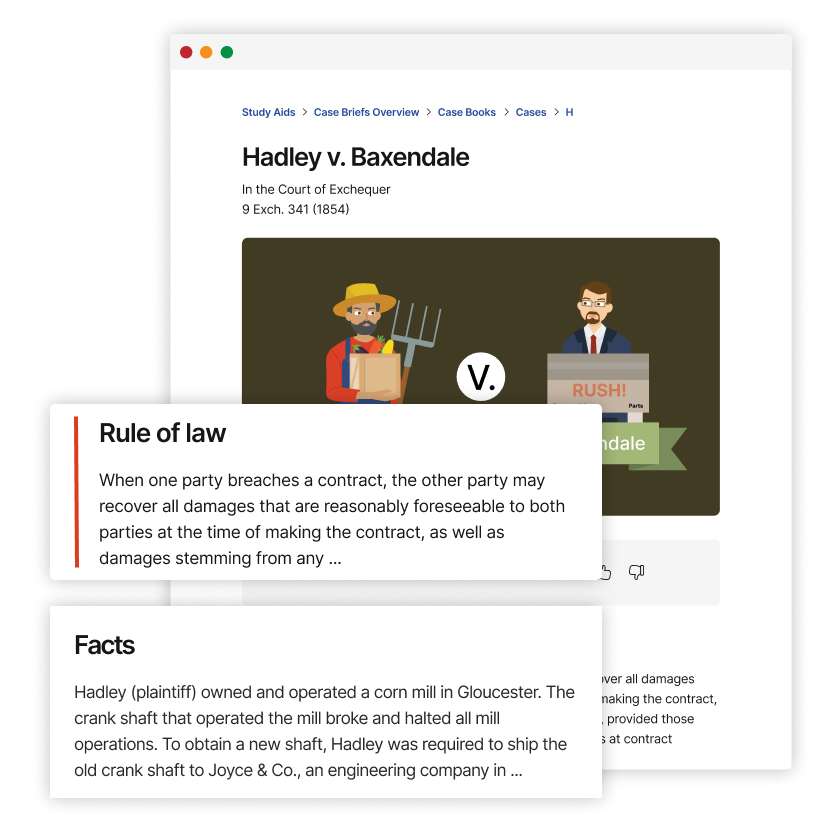American Football League v. National Football League
United States District Court for the District of Maryland
205 F. Supp. 60 (1962)
- Written by Tammy Boggs, JD
Facts
As of 1959, the National Football League (NFL) (defendant) had 12 teams in 11 metropolitan cities. In 1960, the NFL added one team in Dallas and one in Minneapolis-St. Paul. In 1961, one of the two NFL teams in Chicago transferred to St. Louis, so the NFL then had teams in 14 metropolitan areas. By 1961, the American Football League (AFL) (plaintiff) had eight teams located in eight metropolitan areas; the AFL’s teams were in different cities than the NFL except for Dallas and New York. The leagues operated in similar ways, as associations of football clubs. Clubs were owned by one or a few individuals. A successful league needed enough well-matched teams that could compete, talented players on each team, and the sale of television rights. A typical metropolitan area could sustain one profitable professional football team. The AFL and its members (collectively, the AFL) sued the NFL and most of its members (collectively, the NFL) alleging the NFL’s monopolization, attempted monopolization, and conspiracy to monopolize professional football. The court held a trial during which it learned of the professional-football market and the NFL’s specific acts of expanding into Dallas and Minneapolis-St. Paul. The expansion was consistent with the NFL’s general growth plan and done to compete effectively with the AFL. The AFL argued that the NFL engaged in the acts to eliminate AFL as a competitor.
Rule of Law
Issue
Holding and Reasoning (Thomsen, C.J.)
What to do next…
Here's why 899,000 law students have relied on our case briefs:
- Written by law professors and practitioners, not other law students. 47,000 briefs, keyed to 994 casebooks. Top-notch customer support.
- The right amount of information, includes the facts, issues, rule of law, holding and reasoning, and any concurrences and dissents.
- Access in your classes, works on your mobile and tablet. Massive library of related video lessons and high quality multiple-choice questions.
- Easy to use, uniform format for every case brief. Written in plain English, not in legalese. Our briefs summarize and simplify; they don’t just repeat the court’s language.






